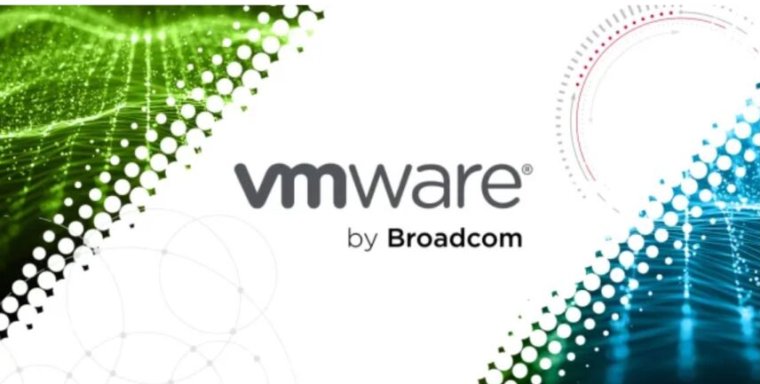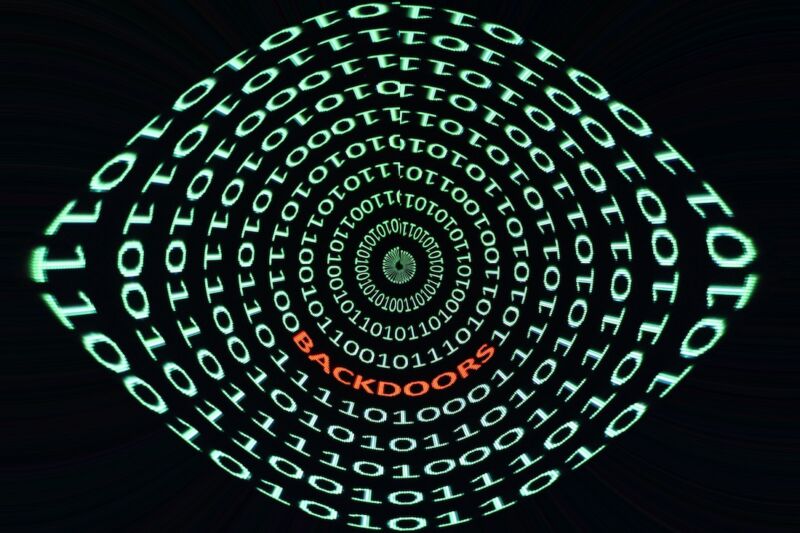Enlarge / With these tips, you too can prompt people successfully.
In a break from our normal practice, Ars is publishing this helpful guide to knowing how to prompt the “human brain,” should you encounter one during your daily routine.
While AI assistants like ChatGPT have taken the world by storm, a growing body of research shows that it’s also possible to generate useful outputs from what might be called “human language models,” or people. Much like large language models (LLMs) in AI, HLMs have the ability to take information you provide and transform it into meaningful responses—if you know how to craft effective instructions, called “prompts.”
Human prompt engineering is an ancient art form dating at least back to Aristotle’s time, and it also became widely popular through books published in the modern era before the advent of computers.








